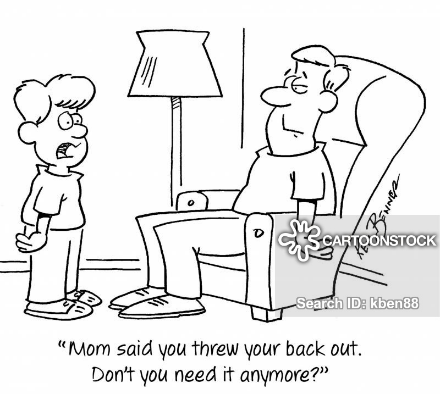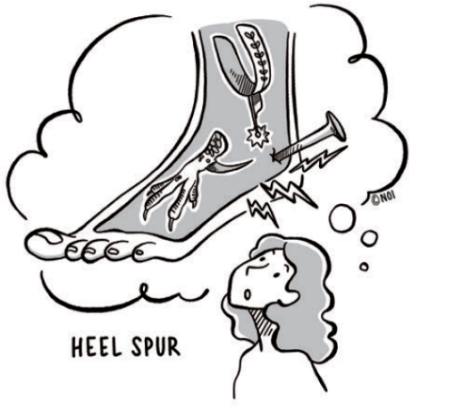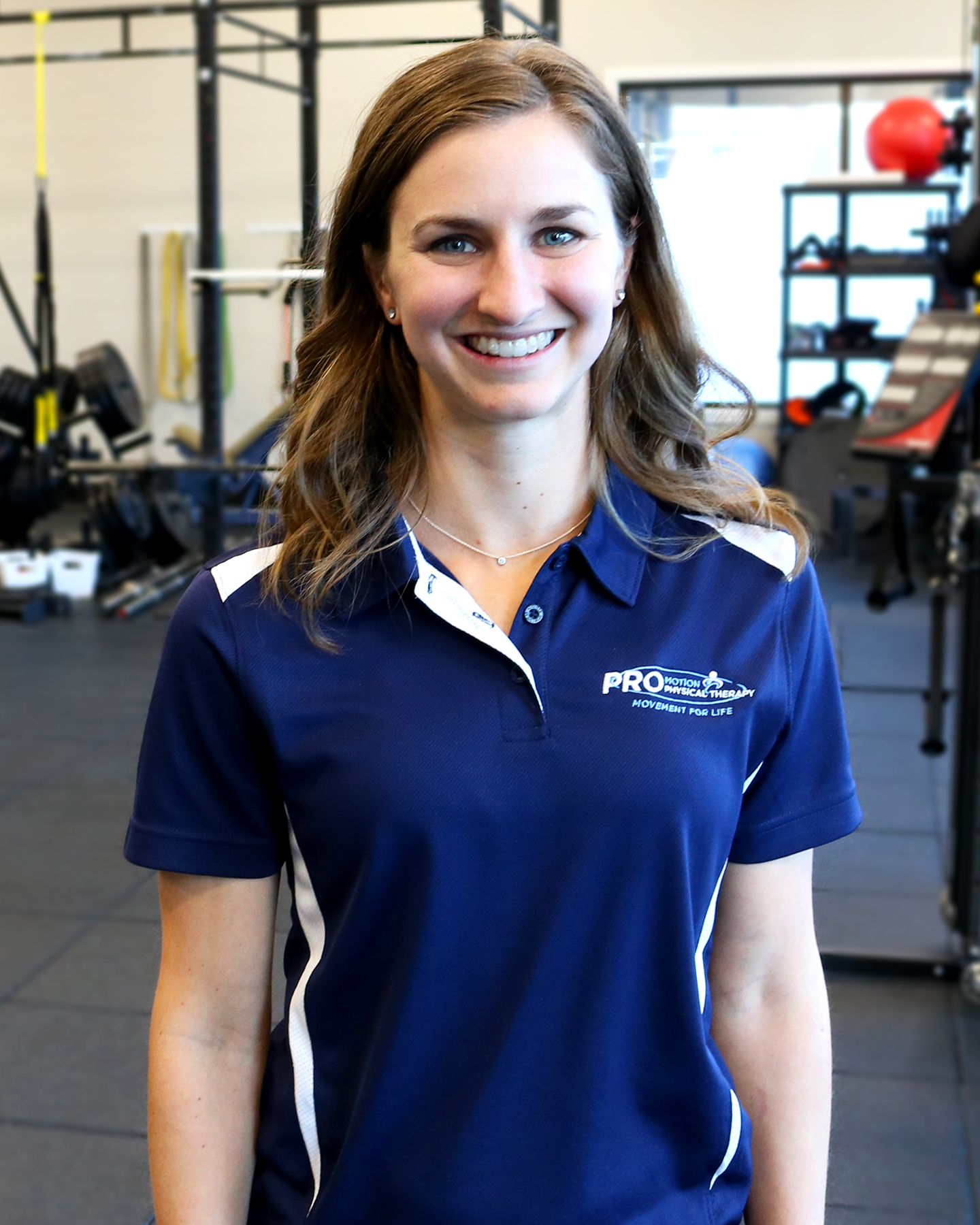Words: A Powerful Drug
“Words are singularly the most powerful force available to humanity. We can choose to use this force constructively with words of encouragement, or destructively using words of despair. Words have energy and power with the ability to help, to heal, to hinder, to harm, to humiliate, and to humble.”
–Yehuda Berg
Language and words have a huge impact on our lives. Take a look at this video for an excellent description of the power of language, thinking about how this may have an affect on you socially, or in the context of your danger detection system: https://www.youtube.com/watch?v=RKK7wGAYP6k
As we have seen, pain is much more than tissue damage alone, and incorporates several other factors in the context of where we are, who we are with, and how we think. Language is part of this context, and can be seen in the example of having blood drawn. Research has shown that patients actually feel less pain when the nurse says “Beware, I’m about to begin,” and more pain when they say “This will sting” before a blood draw (Podolak & Zimney, 2019). Another research study performed with women after C-section shows different outcomes when asked about pain vs comfort.
- Group 1 was asked: “You have had a Caesarean section and I am interested in your pain from the surgical trauma. So, is it okay if I ask you some questions about your pain?”
- Group 2 was asked: “You have had a Caesarean section, your wound is healing and you are in the process of recovery. Is it okay if I ask you some questions about your level of comfort?”
Group 1 told researchers they had more unpleasant and bothersome sensations than Group 2. Group 1 was more likely to perceive the symptoms as the result of tissue damage and injury, whereas Group 2 leaned more towards recovery and healing. Group 1 was also more likely to ask for pain medication than Group 2 (Chooi, 2013). Such different results for the same procedure, just by asking about comfort instead of pain!
Using more positive words, such as comfort, is one strategy to shift how you’re feeling. Think about how you feel spending the day with that friend or coworker who has something negative to say about everything, or spending the day with a friend who knows how to see the good in everything. Changing language from negative to positive can have a similar effect. For example, people who say things such as “I need to be active to recover, my symptoms are manageable, and I know I will return to normal activity soon” generally have a better recovery (Podolak & Zimney, 2019). You can also improve your recovery by focusing on positive goals, such as function and activity, instead of solely focusing on getting rid of pain (Zeppieri, 2020).
This video shows a good example of how words and language can create feelings and symptoms without any other provocation: https://www.youtube.com/watch?v=rtPe5lsoHXY
Changing the words we use can also change the picture in our mind. One example often heard is “I threw my back out.” Biologically speaking, parts of our body do not go “out,” except in the rare case of dislocation. Possibly what we mean to say is that the back feels out of sync with the rest of the body, because it is stiff, inflamed, etc. In reality, our backs are very robust and solid structures (Moseley and Butler, 2017). A less threatening statement could be “My back is uncomfortable today.”


Another example often heard is a heel spur causing foot pain. Our anatomy works by connecting soft tissue, such as a ligament or tendon, to bone, and this connection needs to be very strong. When we need a stronger connection than normal, sometimes bony or calcified tissue merges with the soft tissue. On images such as an X-ray, this may look like a sharp spur, but really it is a tough ligament with a strong attachment. It does not have the ability to catch or poke on anything. In fact, research shows that heel spurs have no direct link to foot pain; many people have them and show no symptoms (Moseley and Butler, 2017).
Pain is one of the best environments for worry to flourish in, raising questions such as what is wrong with me, what can I do about it, how long will this take, etc (Podolak & Zimney, 2019). By simply changing our words, we can start to shift the environment from anxiety and pain toward healing. Stay tuned to learn more about how to shift towards healing by understanding X-rays, opioids, and more treatment strategies.
- Podolak, J., Zimney, K. (2019). Moving our Language [Powerpoint Slides]. Retrieved from Align Conference.
- Chooi, C.S.L., White, A.M., Tan, S.G., Dowling, K., Cyna, A.M. (2013). Pain vs comfort scores after Caesarean section: a randomized trial. Obstetrics, 110 (5), P780-787.
- Zeppieri, G., Bialosky, J., George, S.Z. (2020). Importance of Outcome Domain for Patients With Musculoskeletal Pain: Characterizing Subgroups and Their Response to Treatment. Physical Therapy, 100, (5), 829–845.
Moseley, G. L. & Butler, D. S. (2017) Explain Pain Supercharged. Noigroup Publications.
Post Written by PRO’s Own Sarah Geraghty

